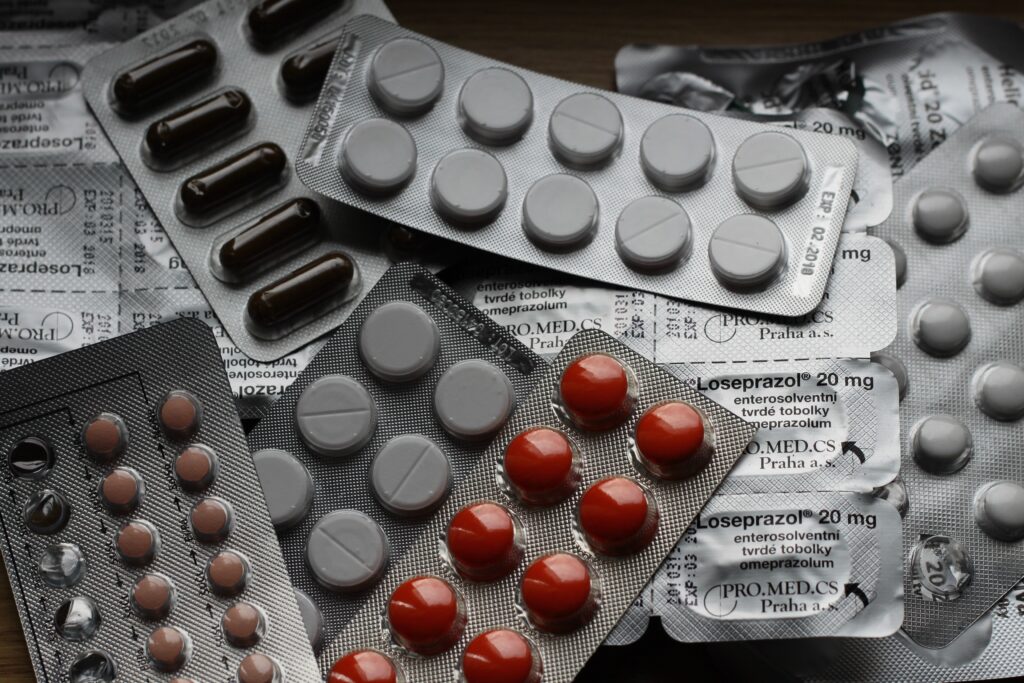Allow me to have a little English lesson combined with a health lesson. Recall from English class what the term suffix means? For many, it has been awhile since your last English lesson, but a suffix is an affix that follows the element to which it is added such as -ly in kindly. In this article lets discuss the suffix “itis”. Did you know that the suffix “itis” is derived from Greek and Latin meaning inflammation? So any time you see the suffix “itis”, start thinking that some body tissue is inflamed. Inflammation to any tissue of the body causes swelling, heat, redness, pain and loss of function.
Here is a brief list of words ending in “itis” that you might recognize, and some of their definitions: arthritis is inflammation in a joint, colitis is inflammation of the colon, bronchitis is inflammation of the bronchial tubes, hepatitis is inflammation of the liver, and then there is appendicitis, pericarditis, endometritis, pancreatitis, pharyngitis, cellulitis, sinusitis, bursitis, otitis, tendonitis, and many more.

So now that we have established that words that end in “itis” are describing something that is inflamed, I want you to start thinking “why is that body part inflamed?”. See, often times people are diagnosed with something, but the underlying cause isn’t being addressed. The majority of reasons why something can be inflamed can be classified in one of three categories; trauma, toxins, and thoughts. As an example, if you crash your bicycle, this is a trauma that can cause inflammation to your skin, muscles, tendons, bursa, joints, and more. Even repetitive movements could cause trauma to a joint; think repetitively swinging a hammer to an elbow. Another form of trauma could be eating something you know you have an allergy, or reaction, to. An example of this would be someone who is lactose intolerant, but yet continues to eat dairy products. This repetitive trauma from food would cause inflammation to the colon and much more. Similarly chronic infection, say a virus, can cause inflammation of the liver; like in hepatitis. Imagine now someone who inhales toxic chemicals, say at a nail salon, and how that can be a toxic cause of inflammation to the lungs and sinuses. Finally, in short stressful thoughts is linked to inflammation. In fact stress, and inflammation, are both linked to most things that will cause us dis-ease. So you see, if someone is taking medications for their inflammation, but not removing the root source of their inflammation, they may not be able to achieve resolution of their dis-ease.
“What about medications to stop inflammation?” You ask. There are many drugs designed to reduce inflammation such as ibuprofen, naproxen, Celecoxib to name a few common ones. Common drug approaches to reducing inflammation include two general types: NSAIDs or nonsteroidal anti inflammatory drugs (with two general sub types COX-1 and COX-2) and steroid type drugs such as prednisone (not to be confused with the steroids used by some athletes and body builders); many will remember the COX-2 inhibitor drug Vioxx which was pulled after nearly 60,000 people died from complications with the drug. Generally, the drug approach attempts to block the natural chemicals that promote the inflammation process; but remember that inflammation is necessary to promote healing of injured tissues. Side effects of NSAIDs include gastric distress, bloody stools, ulcers, intestinal bleeding, leaky gut, and more. NSAIDs are known to deplete vitamin C, folate, potassium, and iron. Steroid type drugs have known side effects which include suppressing natural cortisol production, weight gain, bone loss, and ligament detachment. Steroid drugs are known to deplete vitamin C, vitamin D, folic acid, zinc, calcium, magnesium, potassium, and selenium. One major concern with taking drugs to reduce inflammation is the cycle it often creates. Taking anti inflammation drugs, will reduce pain and inflammation, but it will deplete some of the nutrients necessary for repair tissue. The person “feels better” and returns to normal activities of daily life, despite not being healed and causes further damage. The person then increases the medication dosage, or switches to a stronger medication, which reduces pain and further depletes nutrients. The person again returns to activities of normal every day life, without healing and rehabbing, and the cycle continues. In other words inflammation, and the pain it creates, is limiting and often when people stop inflammation with medications they immediately return to normal activities of daily living due to the decrease in pain, causing further injury, or damage, to the already vulnerable tissues. Not a good cycle to be caught up in.
Try to think of pain from inflammation as your body’s check engine light coming on and your body is trying to tell you something is not right and needs to be addressed before something worse happens. Inflammation therefore is not the problem, but more an effect of an underlying root cause. Lets not demonize inflammation. Inflammation is good and is 100% necessary. Inflammation is the normal body response to repair in acute situations. Inflammation starts the body’s innate healing process by removing damaged tissues and cells so that they can be replaced with new healthier cells; inflammation can also fight pathogens. Our body is in a constant state of breaking down tissues and rebuilding with new tissues and cells. Roughly every 10 years every cell in our body will have been completely replaced by a new cell.

Understand that our lifestyle can also contribute to chronic inflammation. Common causes of chronic inflammation can be: consuming grains, wheat, gluten, any food, or preservative, or coloring that you have an immune system response to such as an allergy or sensitivity, stress, poor quality oils, trans fats, rancid fats, too much omega 6 fats compared to omega 3 fats, alcohol, lack of sleep, and more. Inversely there are lifestyle things we can do to reduce inflammation like: reducing stress, sleep, exercise, balance blood sugar, balance hormones, balance insulin, cold therapy, massage, chiropractic, acupuncture, cupping, herbs like boswellia, turmeric, celery seed, and ginger, drinking water, taking omega 3 oils, making sure Vitamin D levels are normal, and more.
In closing, learn to ask the question “why is that body part inflamed?” and “how can we remove the irritating factor?”. Appreciate too that there are options when dealing with inflammation and don’t discount how important our lifestyle can be in either causing, or modulating, the body’s inflammation response. Until next time, I leave you with this great quote:
“The doctor of the future will give no medicine, but will instruct his patients in the care of the human frame, in diet, and in the cause and prevention of disease.”- Thomas Edison
